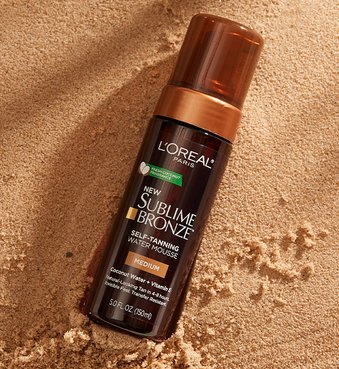Self Tanner
The best way to tan your skin? From a bottle of course! We share our favorite self tanners from the L'Oréal portfolio of brands—plus tips and tricks on how to use them and remove them—here!Latest Articles
Recommended Articles
-
![Here’s What Our Editors Would Buy From Ulta With $50]() SerumsHere’s What Our Editors Would Buy From Ulta With $505/26/2021
SerumsHere’s What Our Editors Would Buy From Ulta With $505/26/2021 -
![Why You Need to Moisturize Your Skin Every Day]() Self TannerWhy You Need to Moisturize Your Skin Every Day3/19/2020
Self TannerWhy You Need to Moisturize Your Skin Every Day3/19/2020 -
![This New IT Cosmetics Moisturizer Doesn't Skimp on Hydration]() Self TannerThis New IT Cosmetics Moisturizer Doesn't Skimp on Hydration1/24/2019
Self TannerThis New IT Cosmetics Moisturizer Doesn't Skimp on Hydration1/24/2019 -
![The Best Self-Tanners for Pale Winter Skin]() Self TannerThe Best Self-Tanners for Pale Winter Skin1/22/2019
Self TannerThe Best Self-Tanners for Pale Winter Skin1/22/2019 -
![How to Find the Best Self-Tanner For You]() Self TannerHow to Find the Best Self-Tanner For You5/25/2018
Self TannerHow to Find the Best Self-Tanner For You5/25/2018 -
![4 Steps For Your Sexiest Legs Ever]() Legs4 Steps For Your Sexiest Legs Ever8/17/2017
Legs4 Steps For Your Sexiest Legs Ever8/17/2017




































